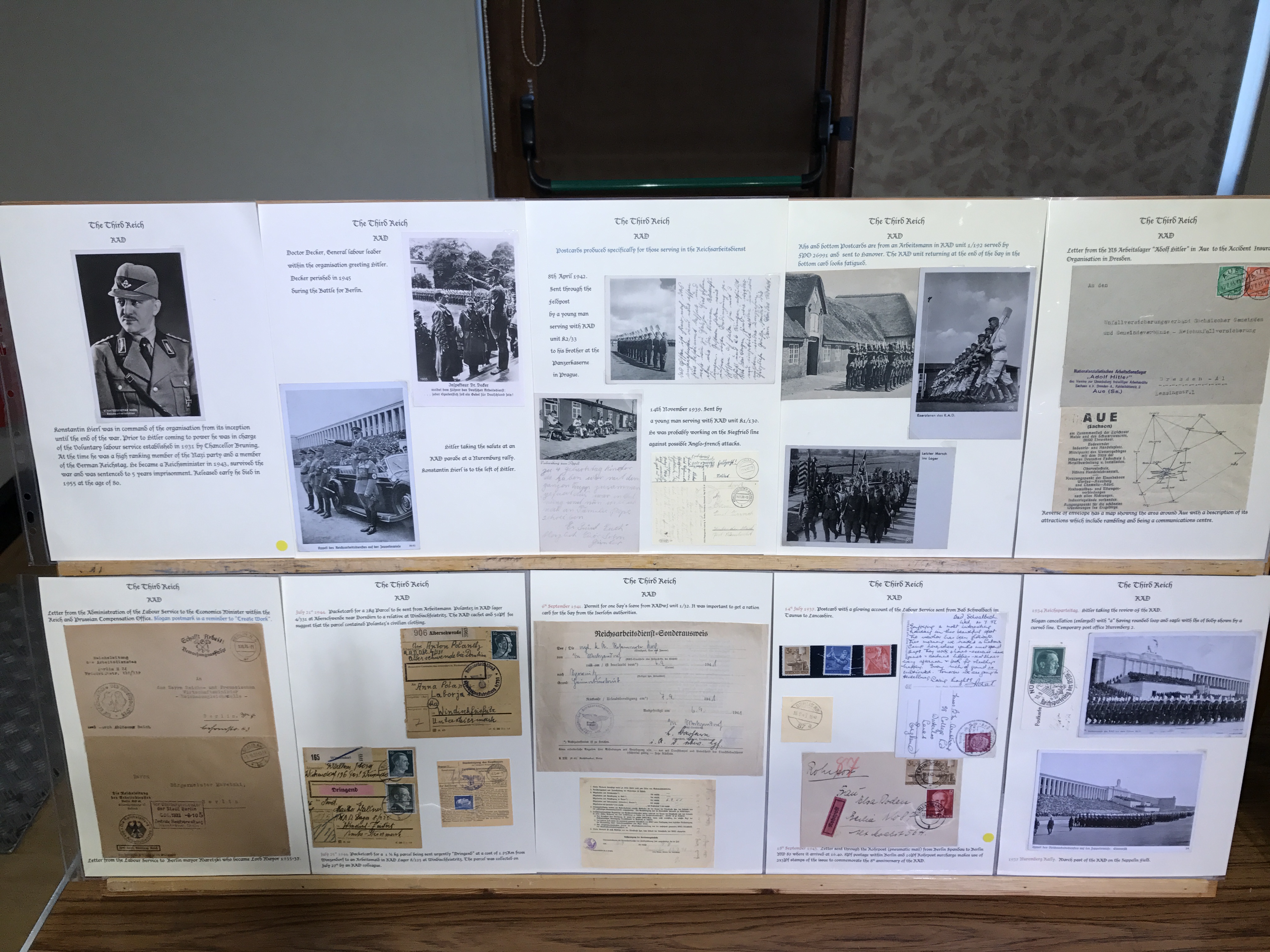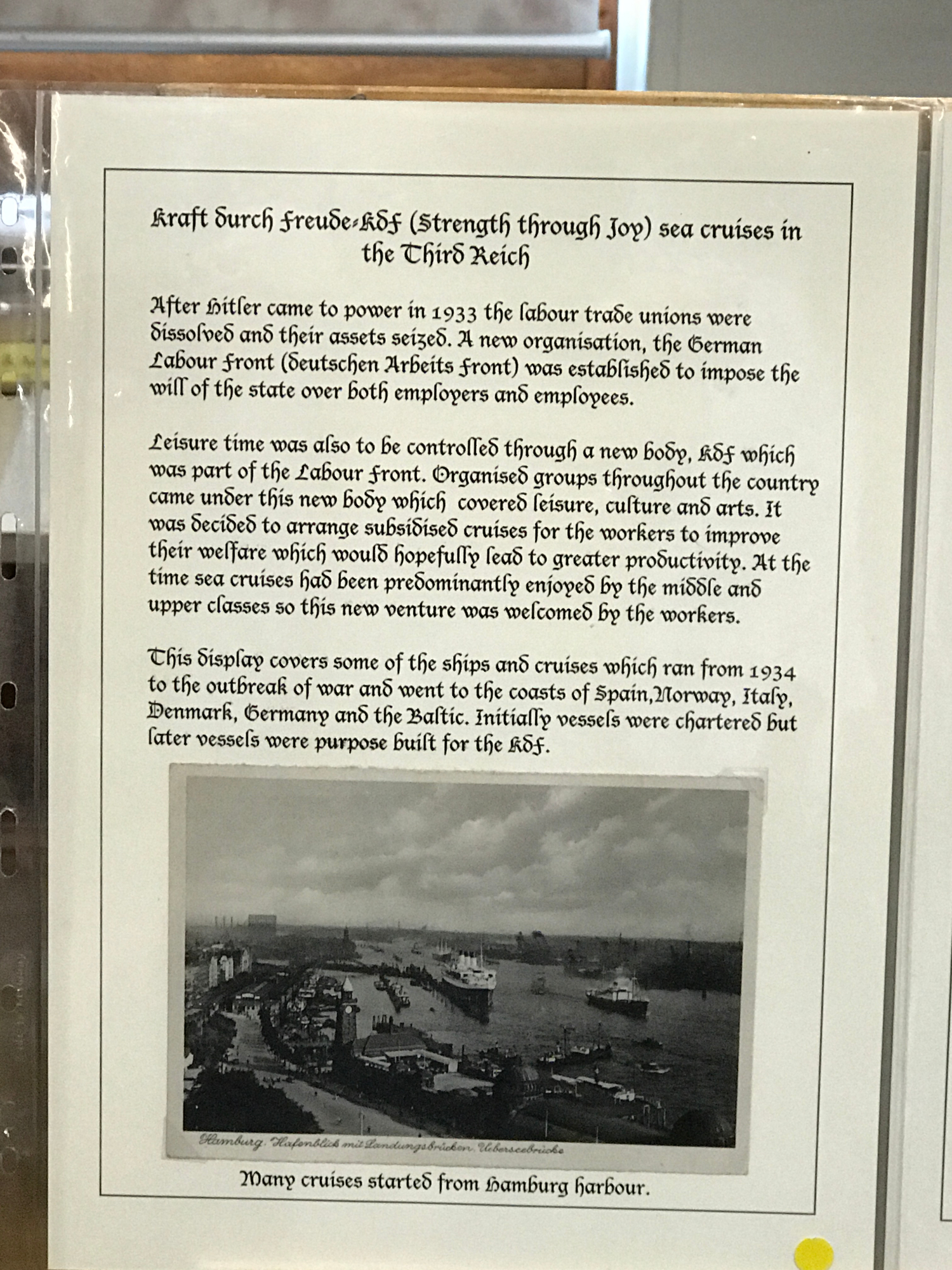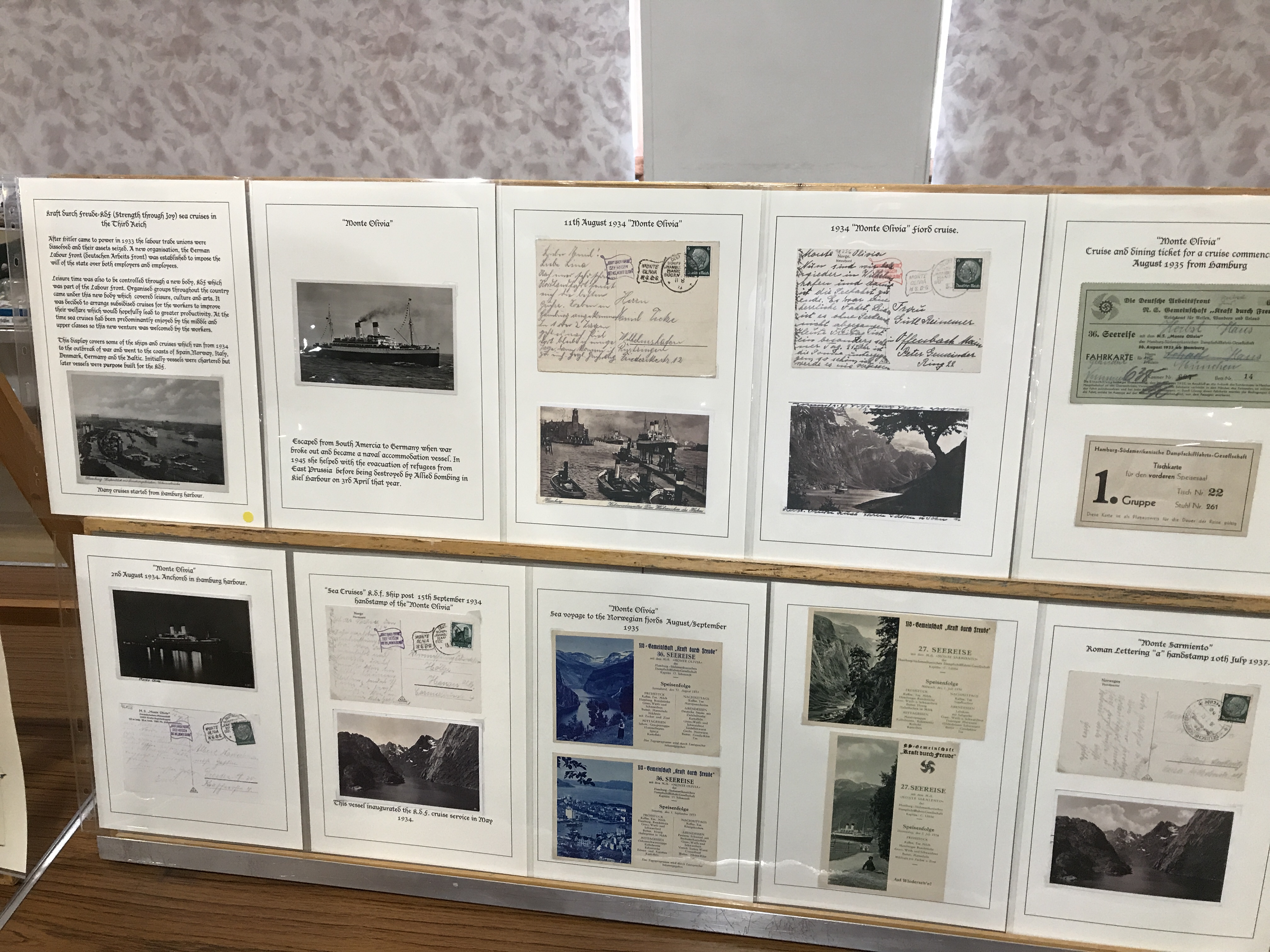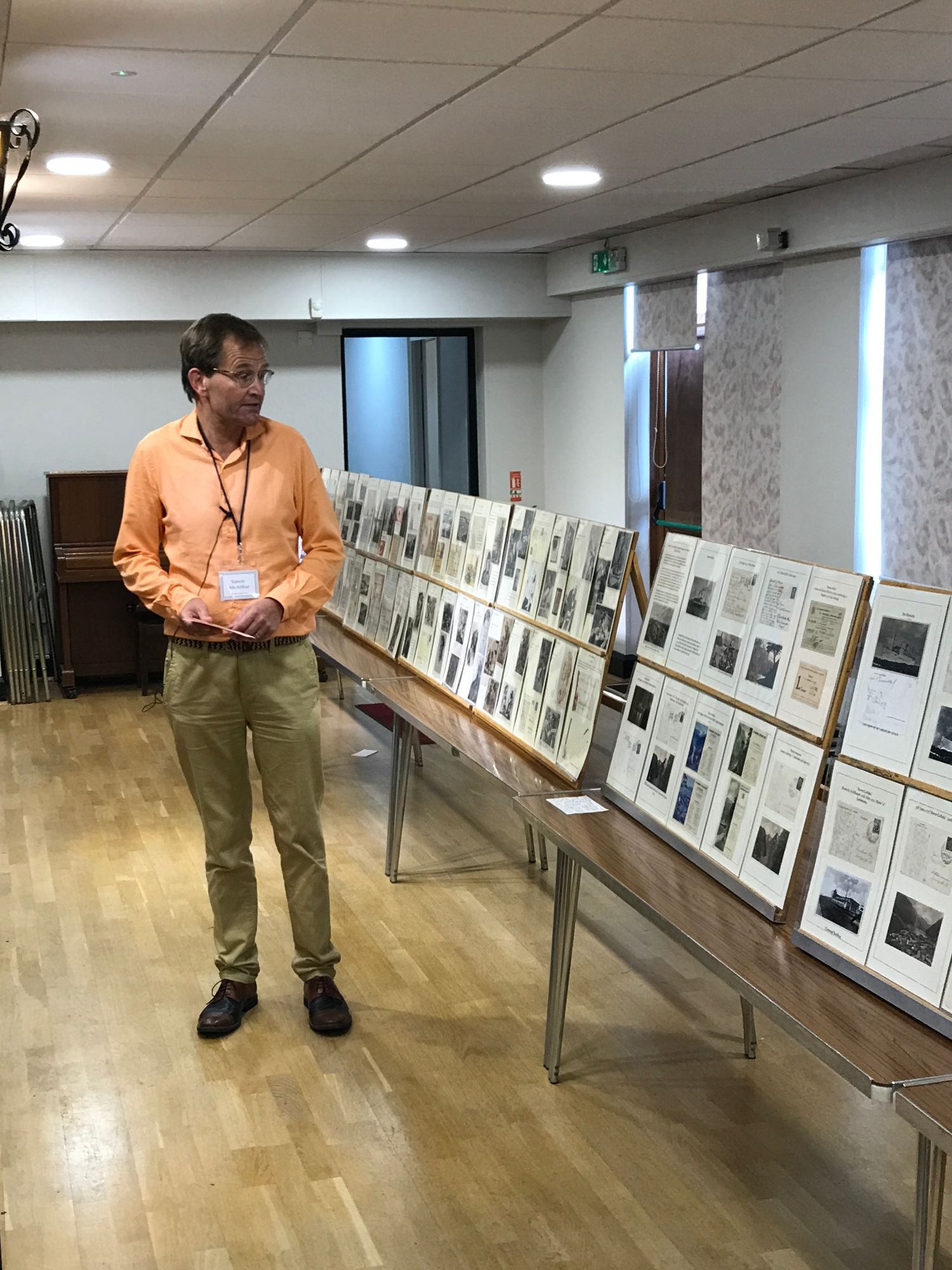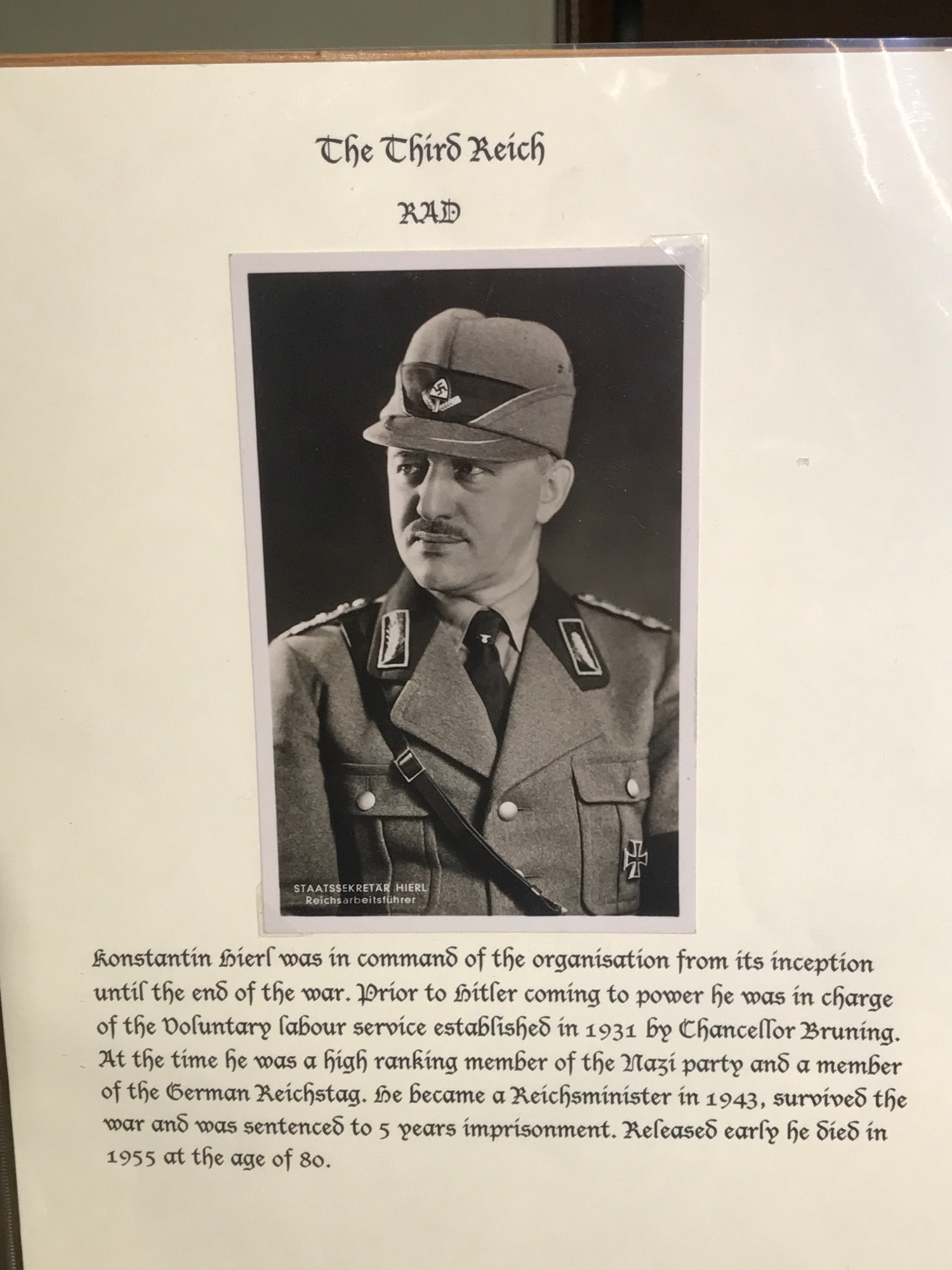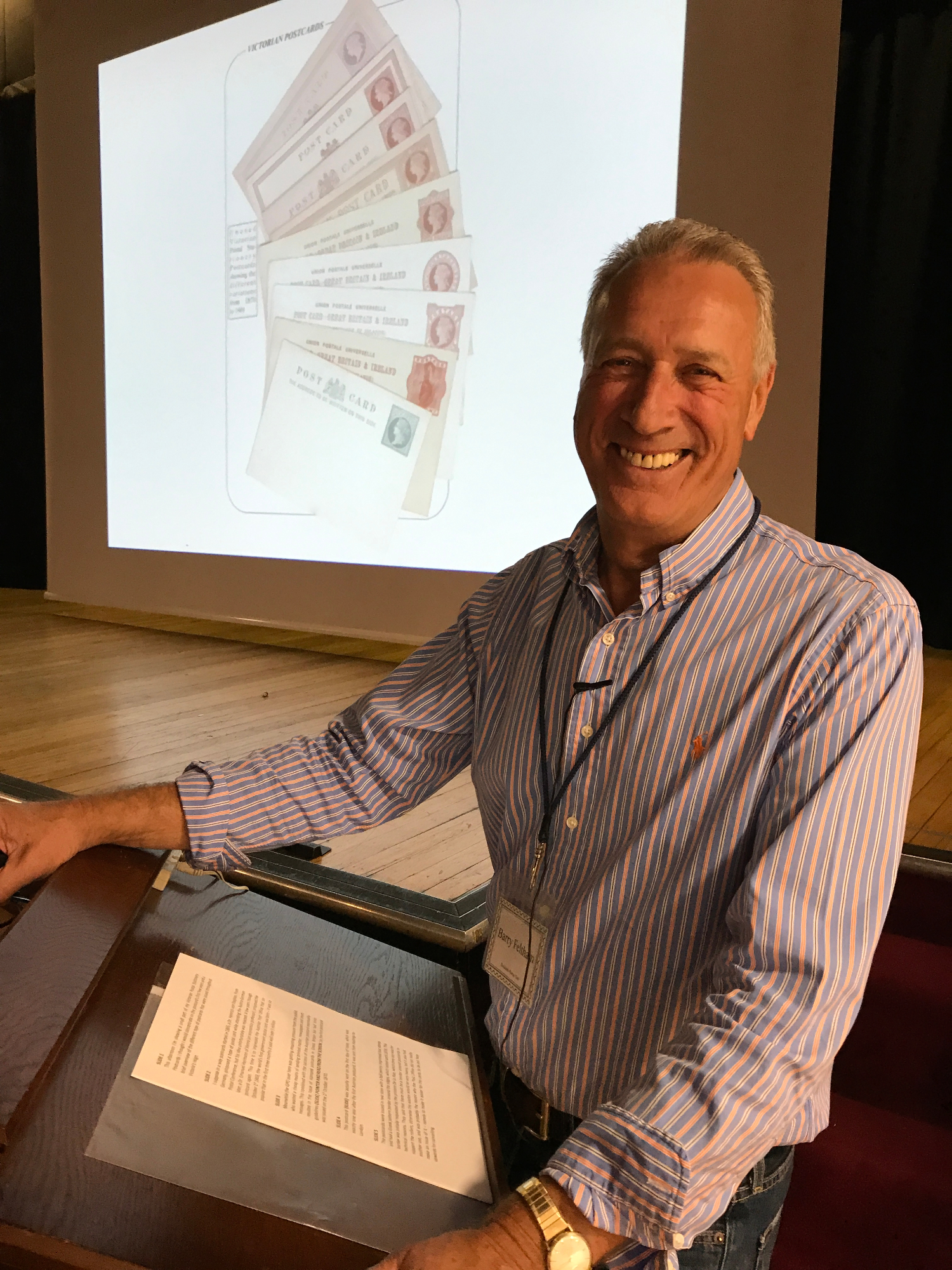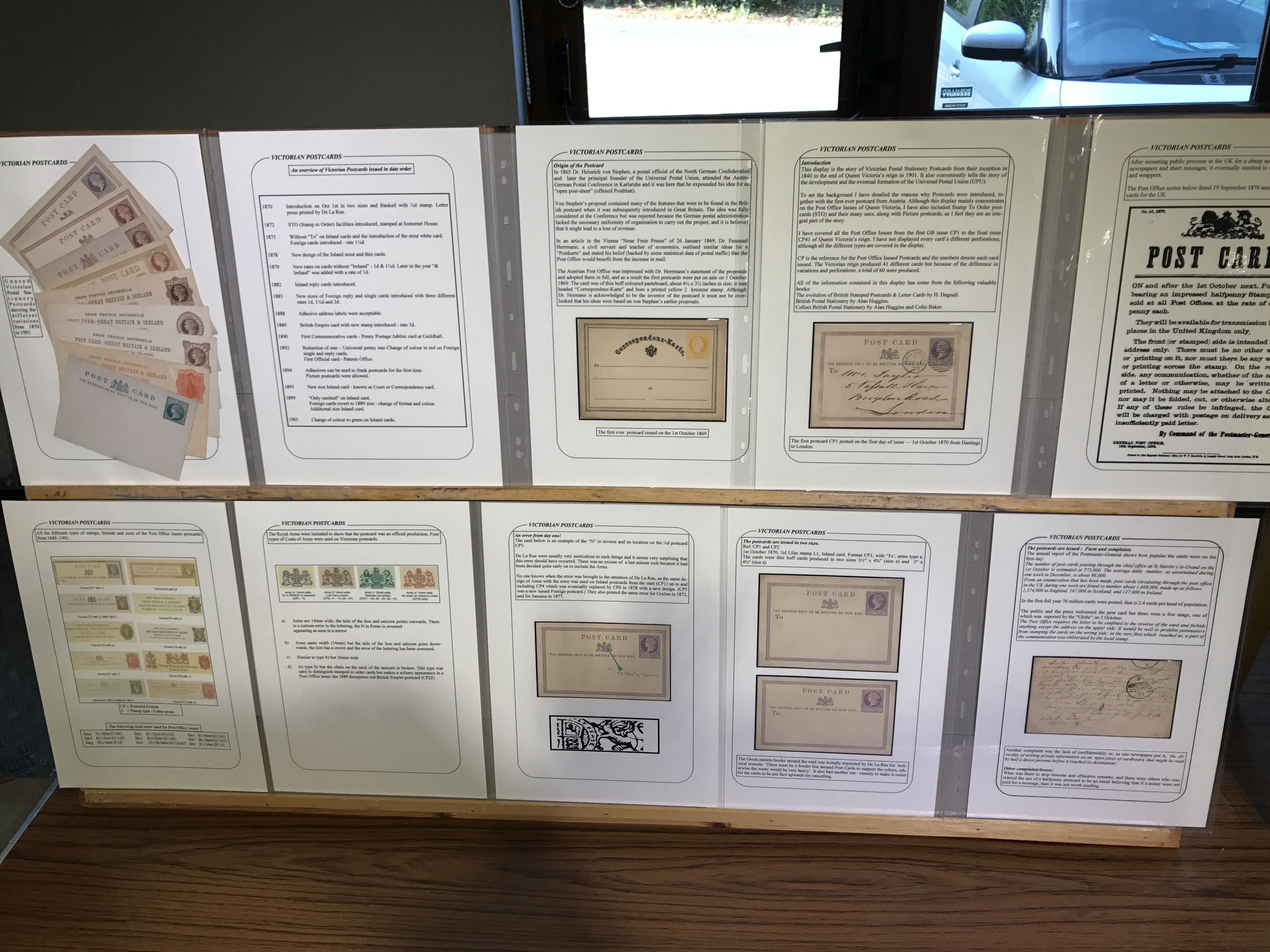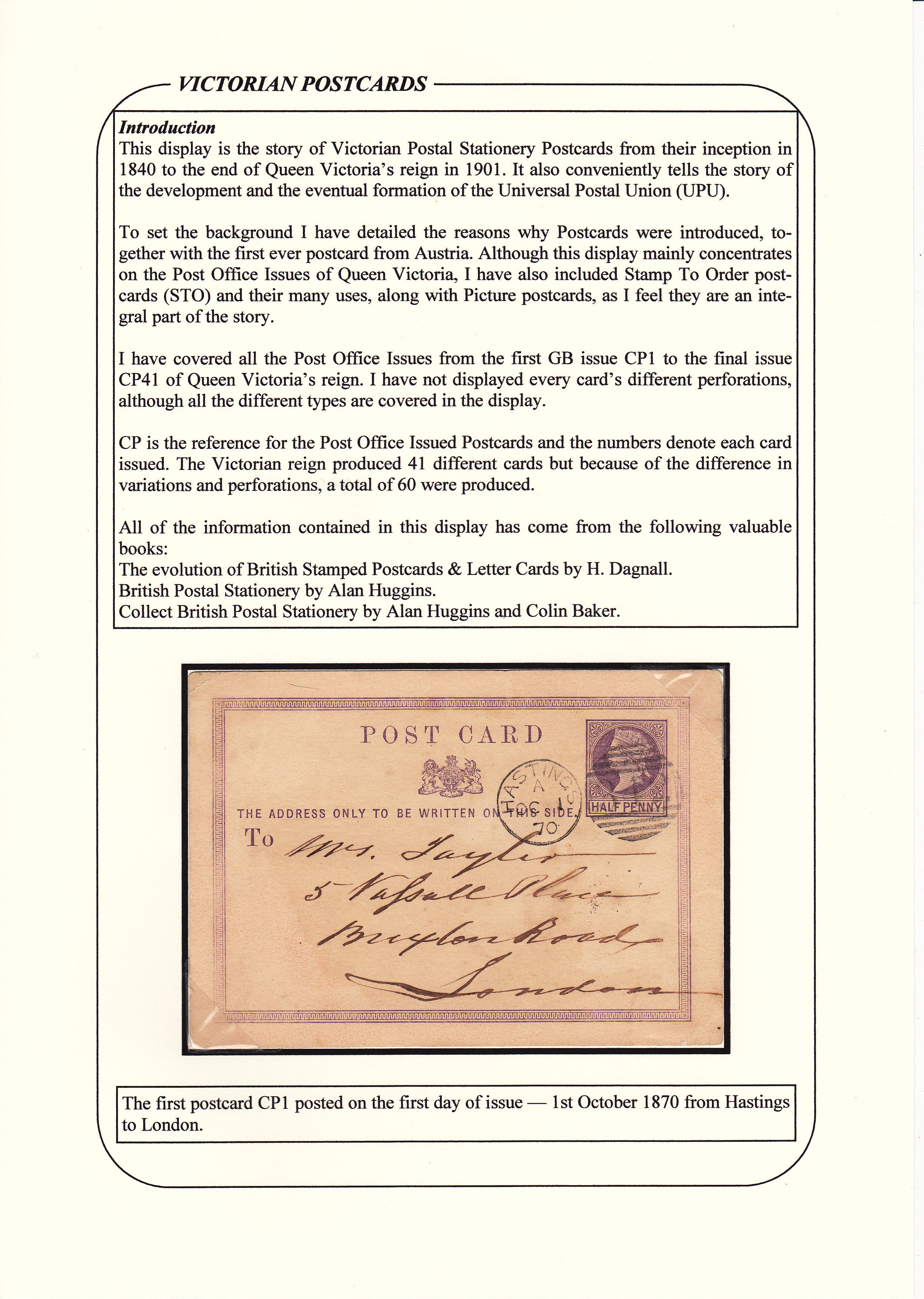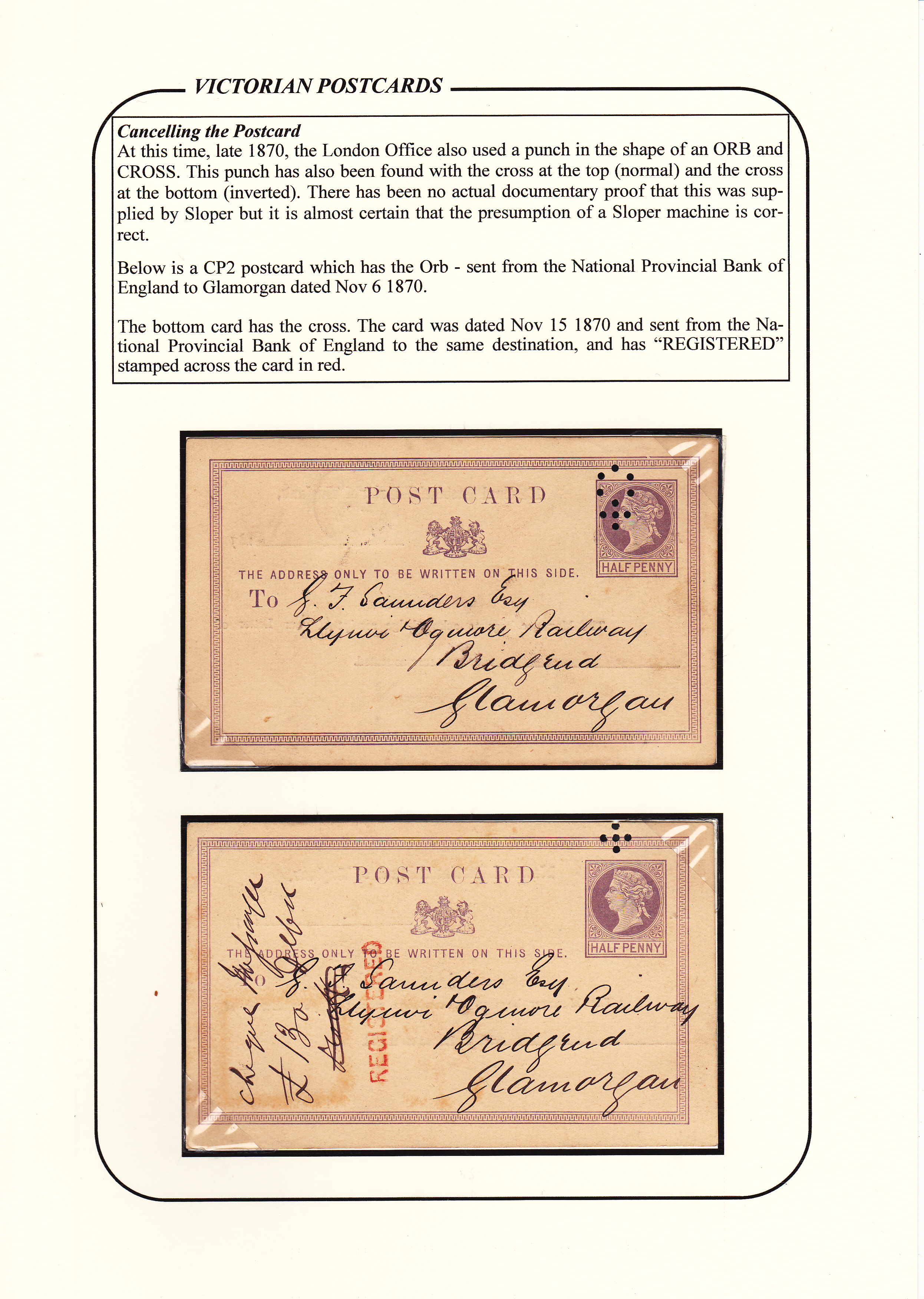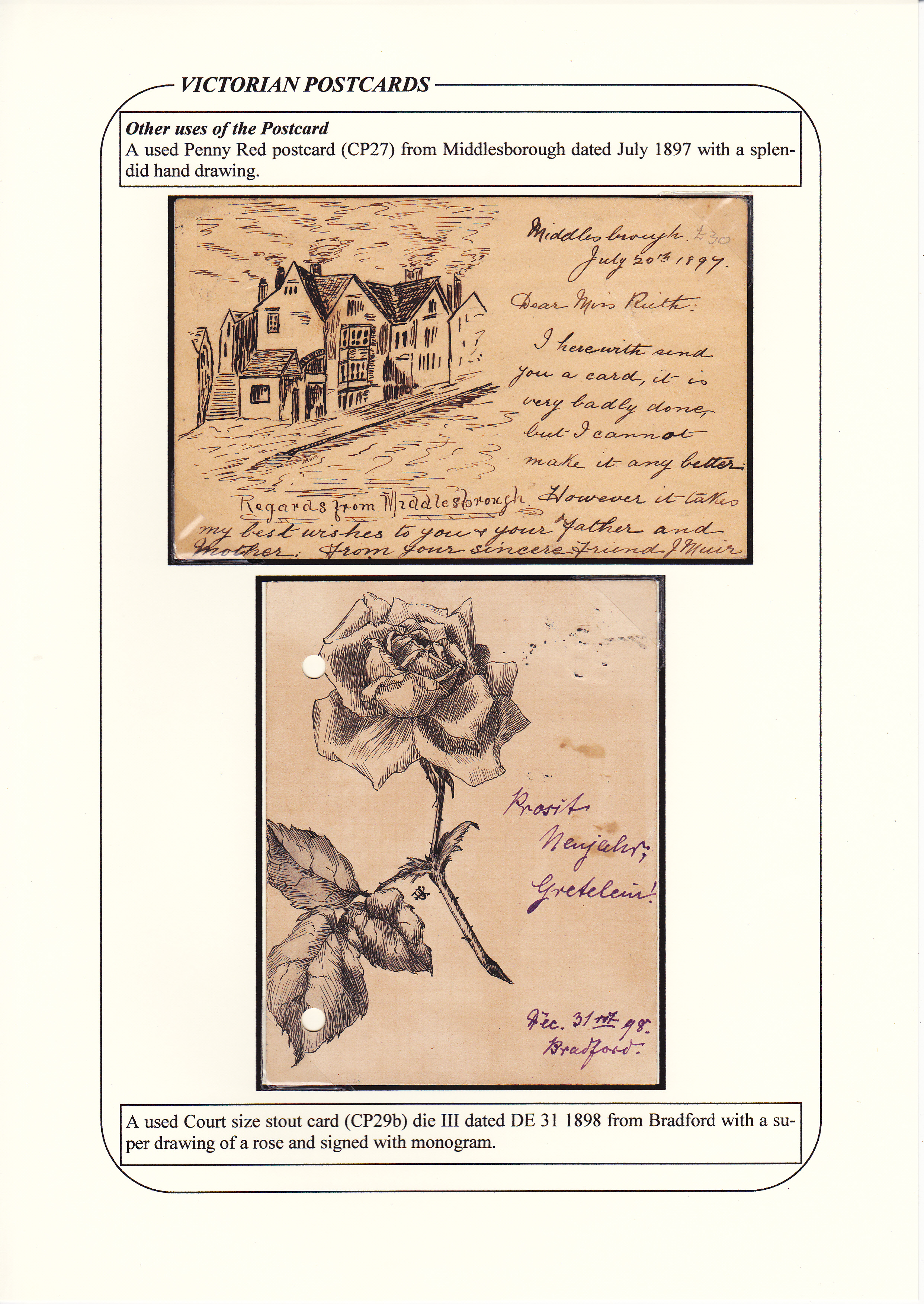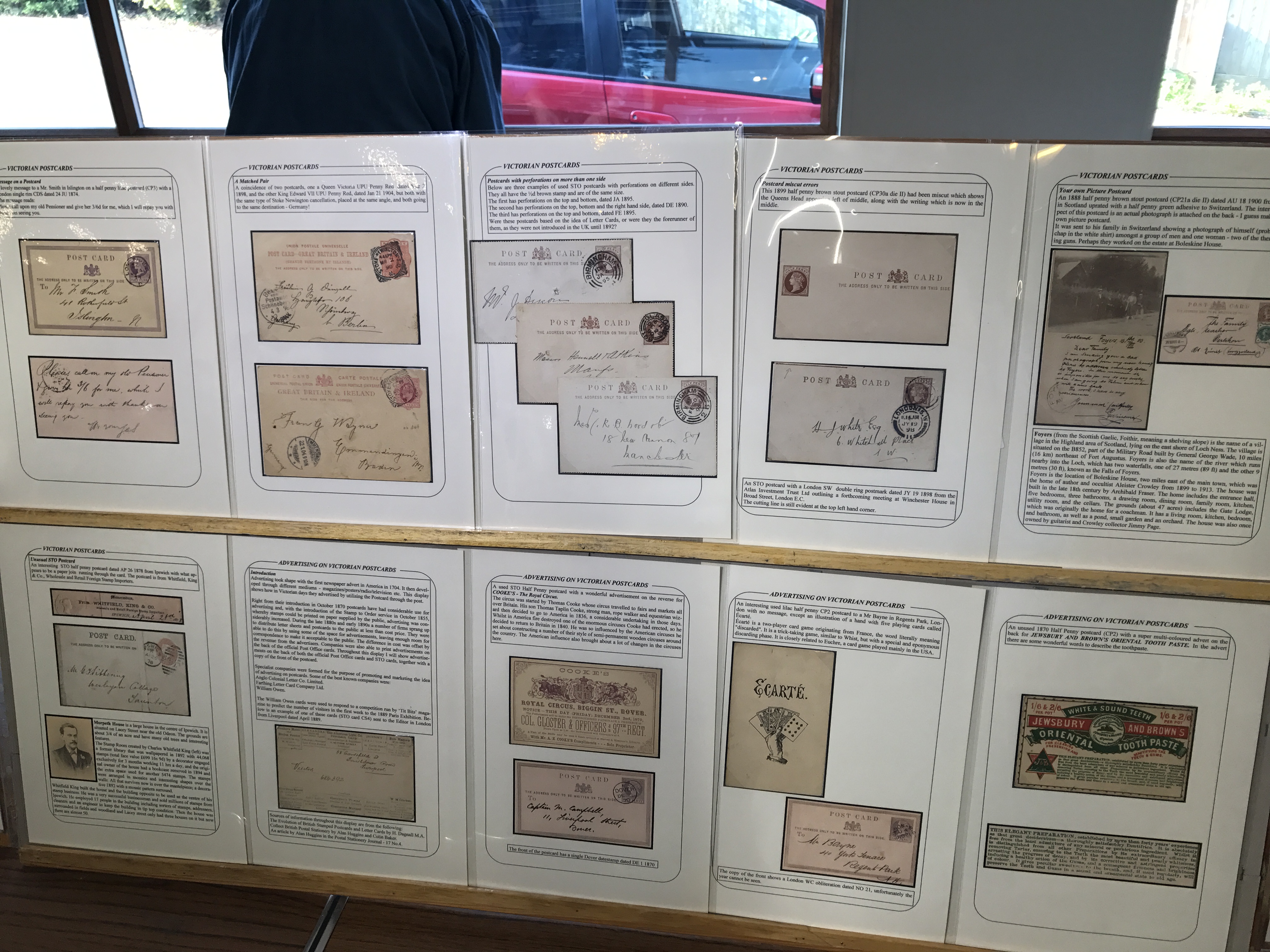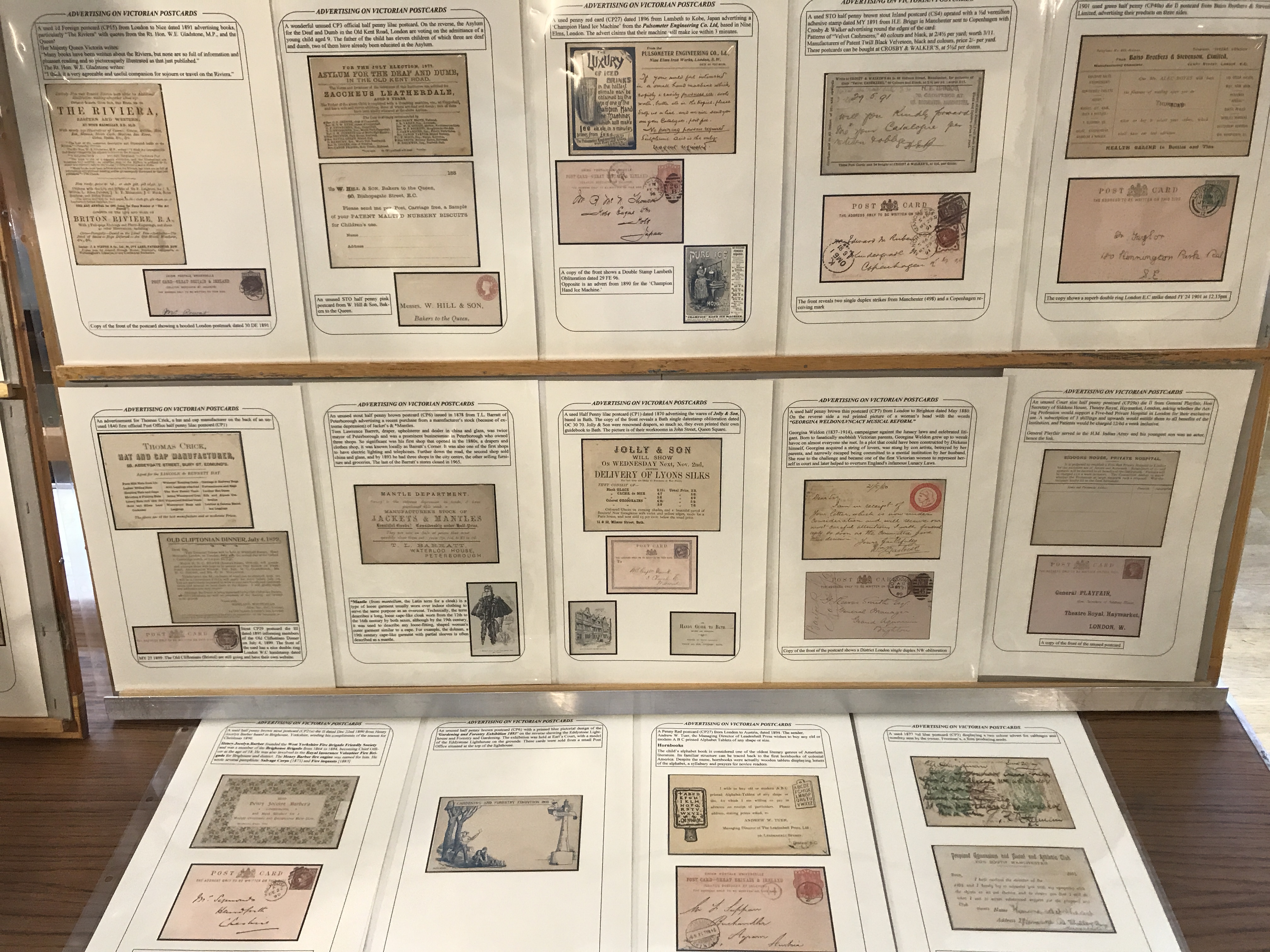51 members attended to see and enjoy two displays from members’, Simon McArthur and Barry Feltham. Simon presented a display on aspects of the Third Reich in the first half and Barry Feltham displayed part of his Victorian Postal Stationery Postcards in the second half.
Simon’s started his display with the German State Labour Service known as the Reichsarbeitsdienst or RAD. The origins and workings of the organisation were explained with the need to reduce unemployment and then in 1935 service for men and women became compulsory for a 6 month period before the men went into the armed forces.
The display showed with reference to a variety of period postcards, ephemera and covers the impact that the RAD made on German society. The RAD was involved in road building, land reclamation and a variety of civilian tasks prior to the war. Once war broke out the RAD was involved in more military undertakings and its members were armed. The same individual Konstantin Hierl was in charge of the RAD throughout the era of Nazi rule 1939-45 and he maintained the independence of the RAD from the armed forces and then the Home Guard at the end of the war.
The next part of Simon’s display showed material from the Strength Through Joy (KDF) cruise service that provided subsidised foreign cruises for the ordinary working man. The KDF was part of the German Labour Front and provided an umbrella organisation for all types of leisure in Nazi Germany.
Over a six year period chartered vessels from the three major German shipping lines took thousands of Germans to the North Sea, Norway, the Atlantic and the Mediterranean. Simon showed the great variety of Sea Post and Ship Post handstamps and cachets that were used for “on board" mail and provided examples of tickets and other KDF cruise literature of the time. By the late 1930's the German Labour Front was launching ships of its own, the Robert Ley and Wilhelm Gustloff. The display showed the fates of these vessels and the ones that had been chartered in. What followed in the 1939-45 war showed the true nature of the Nazi regime-a nature which the KDF cruise service had helped to conceal.
Barry’s display was a PowerPoint presentation showing the many facets and usages of Victorian postal stationery postcards.
We were shown a postcard with the first day of issue 1st October 1879, exactly one year of the Austrians launched their postcard. The postcard came in many guises from single cards to reply cards, from inland cards to foreign and British Commonwealth cards.
The problem the GPO had with postcards was cancelling them, many methods were tried, and many complaints were received!
We found out about when private postcards were first used, when the first picture postcard came into being, when the public were allowed to use adhesive stamps on cards, and finally some wonderful postcards depicting various companies and their wares.
Displays with such varied subjects made it a fascinating afternoon and fun.
